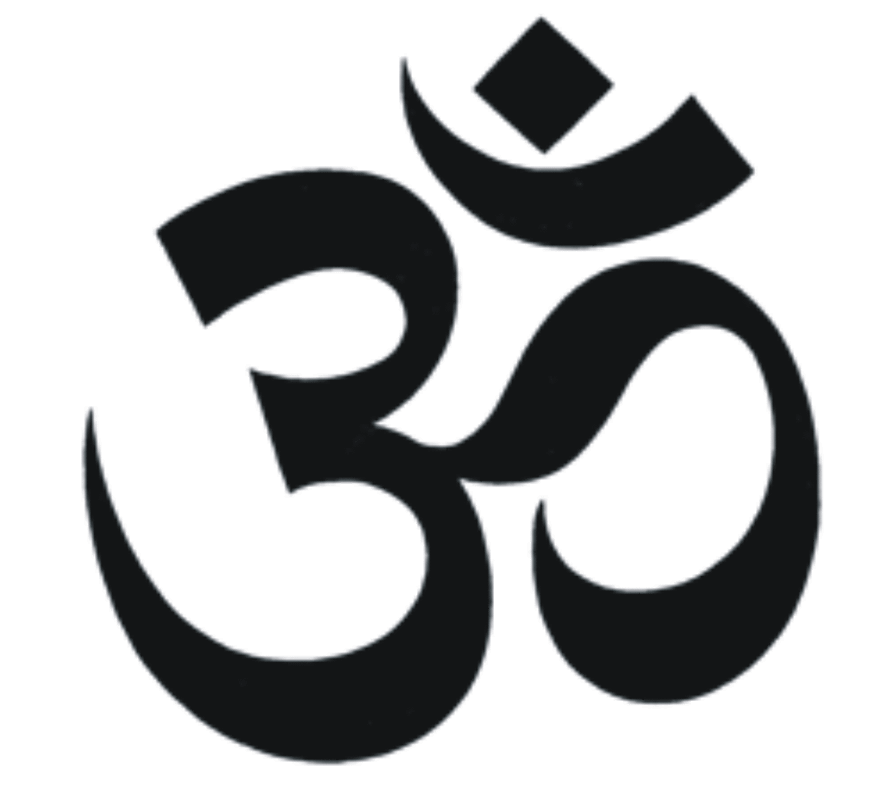Nonduality can mean very different things to different people. A unifying theme is the realization that the barriers we create in our minds between things are not necessarily real, and that the truth of our existence is a deeply connected oneness. Many nondual thinkers view the Indian tradition of Vedanta as their ultimate inspiration, but have interpreted these ancient teachings for modern times.
Liology shares some important principles with nondual teachings, and also diverges from them in some other respects. Here, you can see how Liology relates to a couple of the leading teachers and some of the key concepts associated with modern nonduality.
Liology shares some important principles with nondual teachings, and also diverges from them in some other respects. Here, you can see how Liology relates to a couple of the leading teachers and some of the key concepts associated with modern nonduality.
NONDUAL VIEWPOINTS |
LIOLOGY PRINCIPLES |
awakening to the present moment
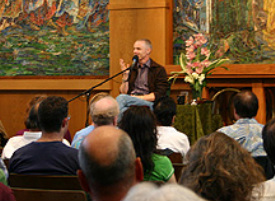
Many nondual teachers compare our normal, waking experience to an illusion or dream, and emphasize the importance of awakening to the reality of the present moment.
For example, one leading teacher, Adyashanti, points out that all things, within us and around us, are equal expressions of the infinite. Awakening to that reality is available to everyone at all times by letting go of our egoic consciousness and simply being with the truth of the present moment. Adyashanti rejects searching for some ultimate truth in transcendence or some ideal outside of ourselves, but rather finding it within ourselves as an intuitive awareness of unity. He emphasizes the importance of sincerity and authenticity in the spiritual path. |
The teachings of liology are largely consistent with this emphasis on awakening from the illusion of our normal experience. Liology emphasizes connection with our embodied experience more than many nondual teachers, but agrees in general with the understanding that the separations we make in normal life obscure the truth of our existence.
In liology, however, the realization that "all things are equal expressions of the infinite" is understood in terms of the ultimate connectivity of the li - the principles of all things in the universe - and the embeddedness of our embodied consciousness within the holarchy of the earth. In liology, the recognition of truth as existing only in the present moment arises from the understanding of the dual form of human consciousness. Our uniquely human conceptual consciousness - mediated by the prefrontal cortex - is responsible for our sense of past and future and for creating structures of thought around our embodied existence, separating us from the realization of our intrinsic connectedness with ourselves and all beings. |
ken wilber and integral theory
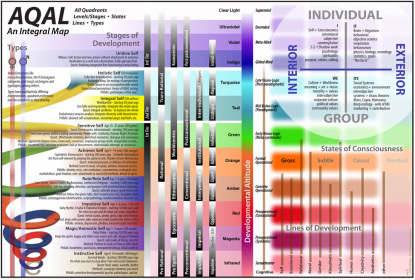
Ken Wilber has developed a school of thought known as Integral Theory which attempts to link all aspects of the universe and the human experience into one integrated framework of understanding.
Wilber begins his account of the cosmos with the recognition of the universe as a holarchy, where each entity is contained within greater entities. Wilber has developed a highly intricate and detailed framework to his understanding of the cosmos, along with a hierarchical and normative view of the human experience, where the path to "self-transcendence" is mapped out through specific levels of growth and transformation. |
Liology shares with Integral Theory a belief in the importance of understanding the cosmos as a holarchy, in which each entity incorporates other entities within it and is at the same time part of a larger entity. It also shares the sense that an integrated framework is possible to understand the cosmos - one which links mind and body, along with science and spirituality.
Liology differs with Integral Theory in the way it conceives of this integrated framework. The key differences are as follows:
|
consciousness is everywhere
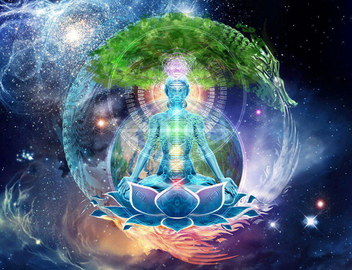
A common underlying theme in many nondual approaches is the sense that consciousness exists everywhere in the universe.
When one perceives reality in a nondual state, it is often claimed, one becomes aware of awareness, or consciousness, itself, without a perceiver or a perceived. Sometimes, our consciousness is understood by the analogy of a radio transmitter, implying that our awareness of consciousness arises from "tuning in" to the underlying consciousness of the universe. "Everything physical in the universe is conciousness" - Maharishi Mahesh Yogi |
Liology understands consciousness in terms of the li - the ubiquitous principles of organization that connect the qi (matter/energy) of the universe.
As understood in cognitive neuroscience, consciousness arises not from the qi itself but from the li: the highly complex, self-organized dynamic patterns that our brains and nervous system generate. When, through meditation or other means, we become deeply aware of awareness itself, that is understood in liology as an experience of the interconnected li of our existence, and the connectivity between our own existence and that of the entire universe. Liology understands the li as that which connects us to the entire universe, but does not necessarily interpret that to mean that the universe is itself conscious. We are, however, limited in our scientific understanding of the universe, and the possibility remains that in fact the complex self-organized patterns we can detect in life on earth, in galactic formations and even in dark matter, are hints of a greater complexity in the universe than we can comprehend - and perhaps even a universal consciousness. |
spiritual bypassing
"Spiritual bypassing" is a term first coined by psychotherapist John Welwood to describe how people frequently use their beliefs in spiritual transcendence to bypass their own serious emotional and relationship issues.
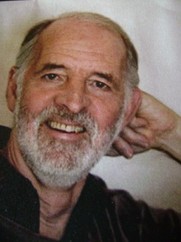
In spiritual bypassing, someone tells themselves that, because reality is nondual, their apparent problems are just illusory, and their goal becomes not to engage with their problems but to "transcend" them, along with transcending their own ego.
Instead, Welwood proposes, you can practice "unconditional presence," learning to be present with the emotions and complex feelings of real life as they arise, and recognizing that the skillful expression of your authentic emotions is a more effective way to express your "absolute being" than attempting to transcend your ego and your relationships. |
The practice of liology is consistent with and supportive of teachings such as those of John Welwood. In liology, the nondual awareness of oneness is understood to arise from the embodied recognition of our intrinsic connectedness - with ourselves, with those around us and with the entire universe.
Because of this, there is no conflict in liology between being in touch with the most profound meaning in the universe and remaining connected emotionally in the complex relationships with those closest to us. Rather, experiencing our emotions in a fully embodied way and expressing them skillfully is a central part of the practice of liology, and is essential to a fully integrated experience of our lives. |

